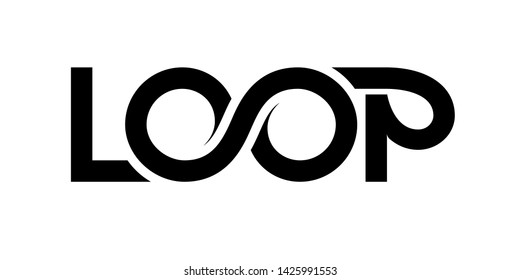The for loop
 |
| By polygraphus on shutterstock |
General form of for loop:
The general form of the for loop is given below:
for <variable> in <sequence>:
statements to repeat
Usability of for loops:
We do not always use the for loop, but only for some particular reasons. These specific reasons include the cases when we need to repeat the same task again and again for a particular range of values. Note that these values may be integers, strings, lists, tuples or even dictionaries.
Example of for loop
Copy the following code from below:
for name in ["Raj","Ashish","Puskar","Aditya"]:
print(name)
Output:
Raj
Ashish
Puskar
Aditya
For loops containing range() function
For a number based loop or a loop containing some known specific values, we use a range function to determine the start, stop and step-size of the for loop.
Example of for loop containg range() function
#Multiplication Table
print("Enter the number whose table you want to obtain:")
x = int(input())
for i in range(1,11):
print(x,"*",i,"=",x*i)
Output:
Enter the number whose table you want to obtain:
16
16 * 1 = 16
16 * 2 = 32
16 * 3 = 48
16 * 4 = 64
16 * 5 = 80
16 * 6 = 96
16 * 7 = 112
16 * 8 = 128
16 * 9 = 144
16 * 10 = 160
©SGPython
Comments
Post a Comment